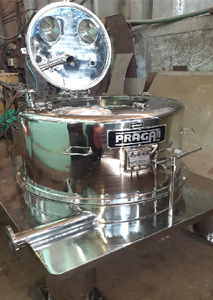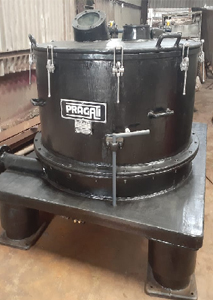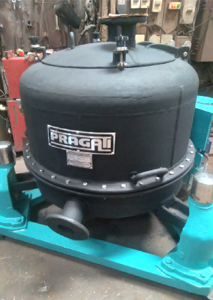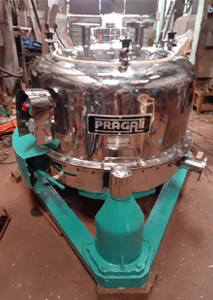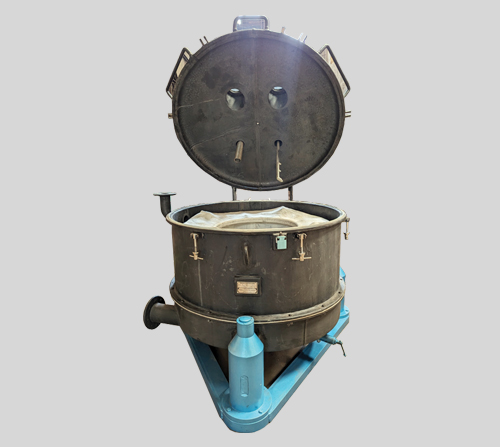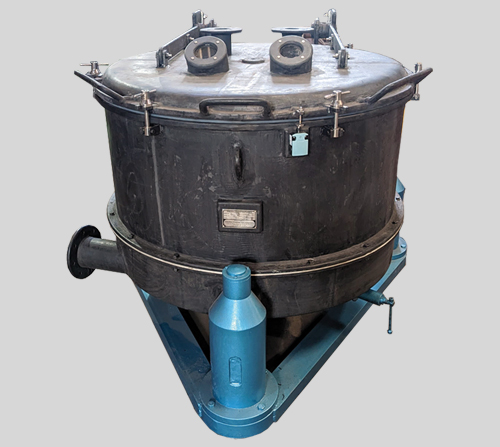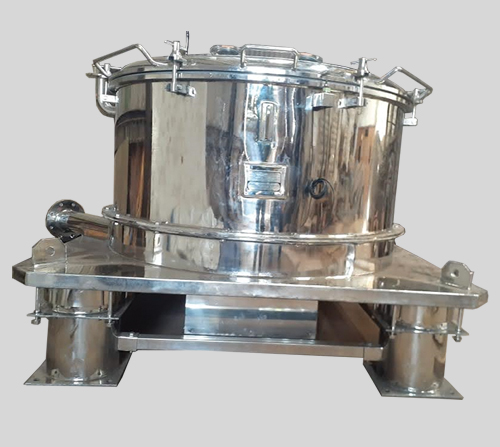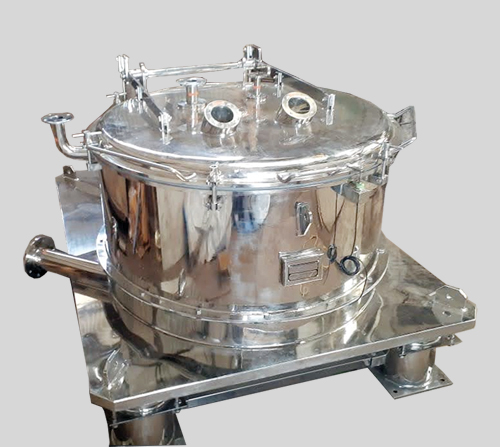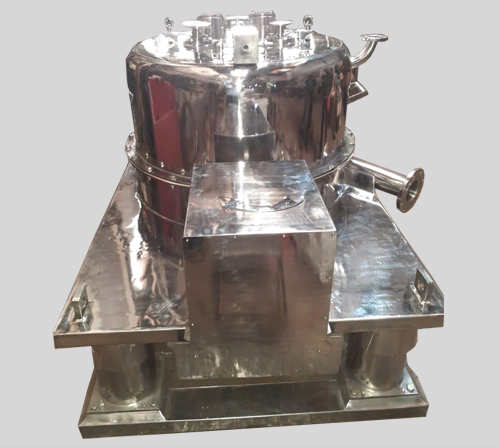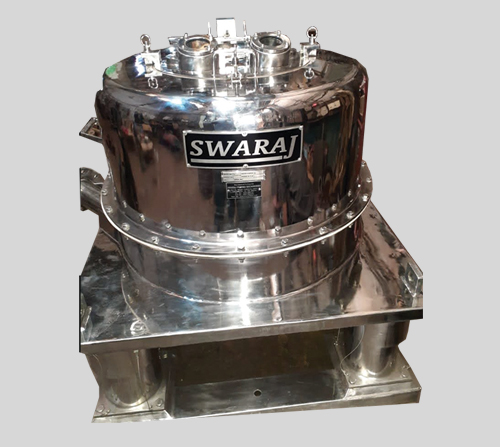Centrifuge Machine
Centrifuge Machine 4 Point Suspension
Centrifuge Machine 3 Point Suspension
3 Point suspension centrifuge machine
In pharmaceutical and chemical industries, centrifuge machines play a crucial role in various processes, including the drying of wet materials. Centrifugation is a separation process that uses centrifugal force to separate particles or components of different densities within a liquid or slurry. The specific type of centrifuge used for drying wet material is known as a "centrifugal dryer" or "centrifugal dewatering machine." Here's an overview of how these machines work and their applications:
Principle of Operation:
- • Centrifugal dryers work on the principle of centrifugation, where a spinning basket generates centrifugal force, causing the liquid to be expelled from the wet material.
Components:
- • The main components of a centrifugal dryer include a rotating basket, a motor to drive the rotation, and a housing to contain the process.
Loading and Unloading:
- • Wet material is loaded into the rotating basket of the centrifuge. As the basket spins, the centrifugal force pushes the liquid phase outwards, leaving behind the drier material.
Centrifugal Force:
- • The centrifugal force generated inside the rotating basket exceeds the gravitational force acting on the liquid component of the wet material. This causes the liquid to be forced through the pores of the wet material and expelled.
Variable Speed Control:
- Some centrifuge machines have variable speed controls, allowing operators to optimize the drying process for different materials and conditions.
Batch or Continuous Operation:
- Centrifugal dryers can be designed for either batch or continuous operation, depending on the specific requirements of the process.
Applications in Pharma and Chemical Industries:
- Drying of pharmaceutical intermediates.
- Removal of solvents from chemical compounds.
- Dewatering of active pharmaceutical ingredients (APIs).
- Processing of chemical sludge's.
- Drying of various chemical and pharmaceutical products.
Advantages
- Faster drying times compared to other drying methods.
- Efficient removal of liquid from the material.
- Minimal heat exposure, reducing the risk of thermal degradation.
Considerations:
- Material compatibility: Centrifuge machines must be selected based on the compatibility of materials with the machine's construction materials.
- Throughput capacity: The size and capacity of the centrifuge should match the production requirements.
- Process control: Monitoring and control systems may be incorporated to optimize the drying process.
Safety Measures:
- Safety features, such as interlocks, are often included to ensure safe operation.
- Compliance with industry regulations and standards is crucial to meet safety and quality requirements.
Centrifuge machines for drying wet materials offer a versatile and efficient solution in pharmaceutical and chemical processing, contributing to the production of high-quality and well-dried products in these industries.

